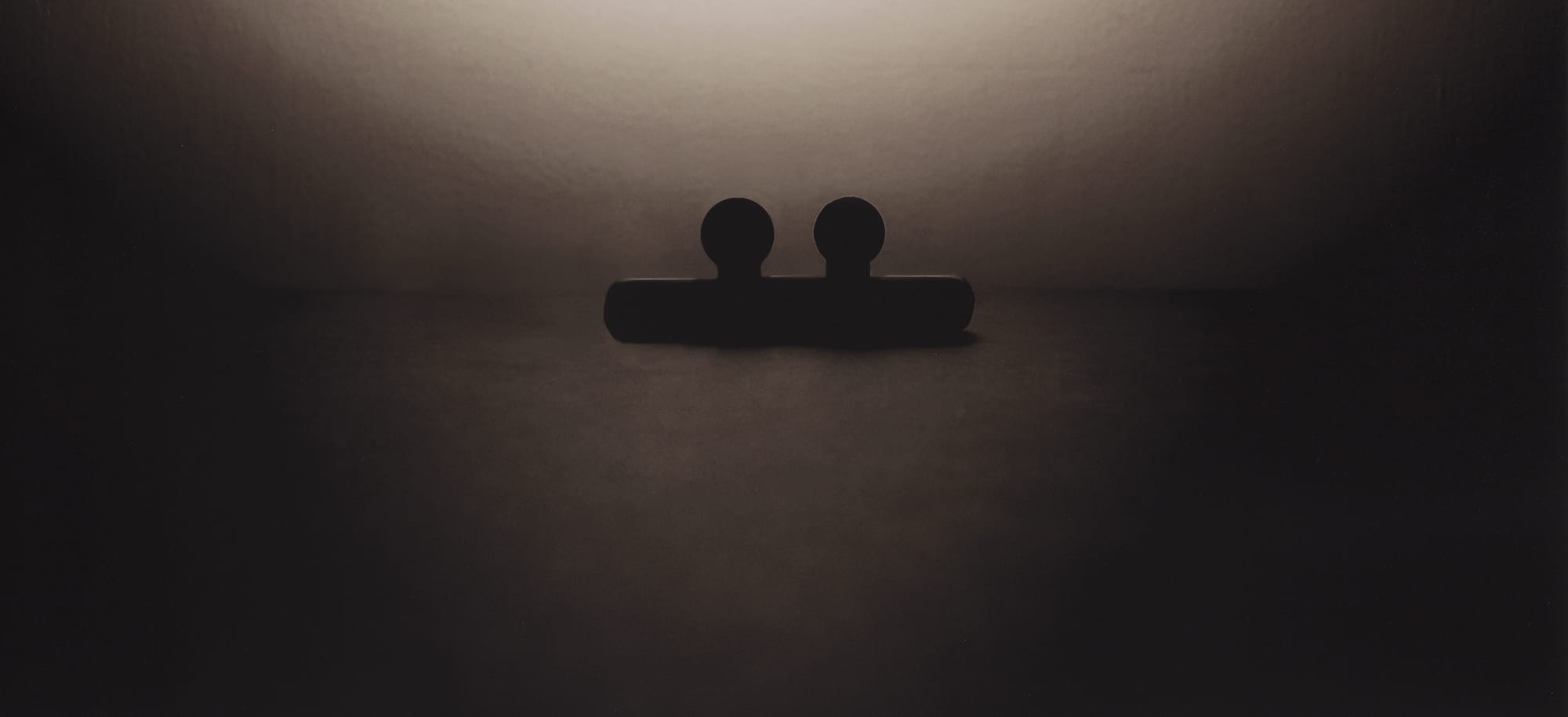
- This event has passed.
Estraño – Stranger Things
August 28, 2017 - December 8, 2017

The strangeness of everyday objects provides endless fascination for artists. This experience of unsettling familiarity—or what Sigmund Freud called “the uncanny”—has taken many forms throughout history. The Greeks and Romans painted murals of windows and hallways to expand their rooms, a technique later known as tromp-l’oeil from the French term meaning to deceive the eye. In one legend, the painter Zeuxis (b. 464 BCE) was rumored to have produced a likeness of grapes so disturbingly realistic that birds would peck at its surface. The strangeness of objects, however, is not limited to illusion. In the 20th century, surrealists seized upon the psychological charge of everyday objects to unleash the power of repressed impulses and the unconscious. The Comte de Lautréamont’s “chance meeting on a dissecting table of a sewing machine and an umbrella” is emblematic of the potential of objects to evoke the absurd through unexpected juxtapositions. Today, artists draw on these approaches and many others to continue mining the poetic capacity of the objects around them. This exhibition of selections from the LUAG Teaching Museum collection includes works by Al Erdosy, Thomas Nonn, Gladys Triana, Emilio Sanchez, Luis Mallo, and William J. Kelly.
Luis Mallo: The objects depicted in the series In Camera are often veiled or obstructed, suggested but never fully revealed. Mallo’s images question notions of familiarity and our perception of our surroundings. They challenge the viewer to look beyond.
Stephen Althouse: Formerly a sculptor, Althouse brings considerations of construction, manipulation, and scale to his photographic work. He arranges personally significant objects for the camera or scanner bed, utilizing enlargement to focus the viewer’s attention on the rich details found in everyday objects.
Gladys Triana began her career as a painter and draftsperson. In 2002, she turned her attention to photography. Objects, in her work, often appear as actors in a kind of minimalist puppet theater. Triana uses lighting to stress the mood and drama of an undisclosed plot.
Thomas Nonn describes his work as “matter painting”, made from a prepared mixture of sand, marble, oxidized copper, and powdered pigment. The paintings evoke an imaginative terrain on which the corrosive effects of natural forces and human violence have left their mark.
William J. Kelly’s prints are in constant rotation. Conceptually, each can be shown in any orientation, with any edge at the bottom. Unmoored from conventional notions of gravity and point-of-view, these images of ordinary objects become unsettling and disorienting.
Emilio Sanchez: In the 1960s Sánchez began to develop the architectural themes that have come to exemplify his work. He produced streamlined geometric views of public buildings like the angular details of Boston City Hall in this exhibition.
Al Erdosy’s woodcut printing is an intricate and time-consuming process. For smaller works, it can take a month to cut one plate, and up to four hours to pull one print. According to Erdosy, his process is improvisational: “the technique creates the image”.





